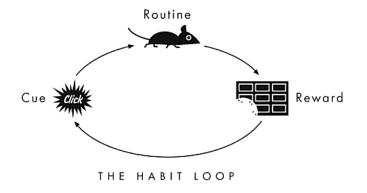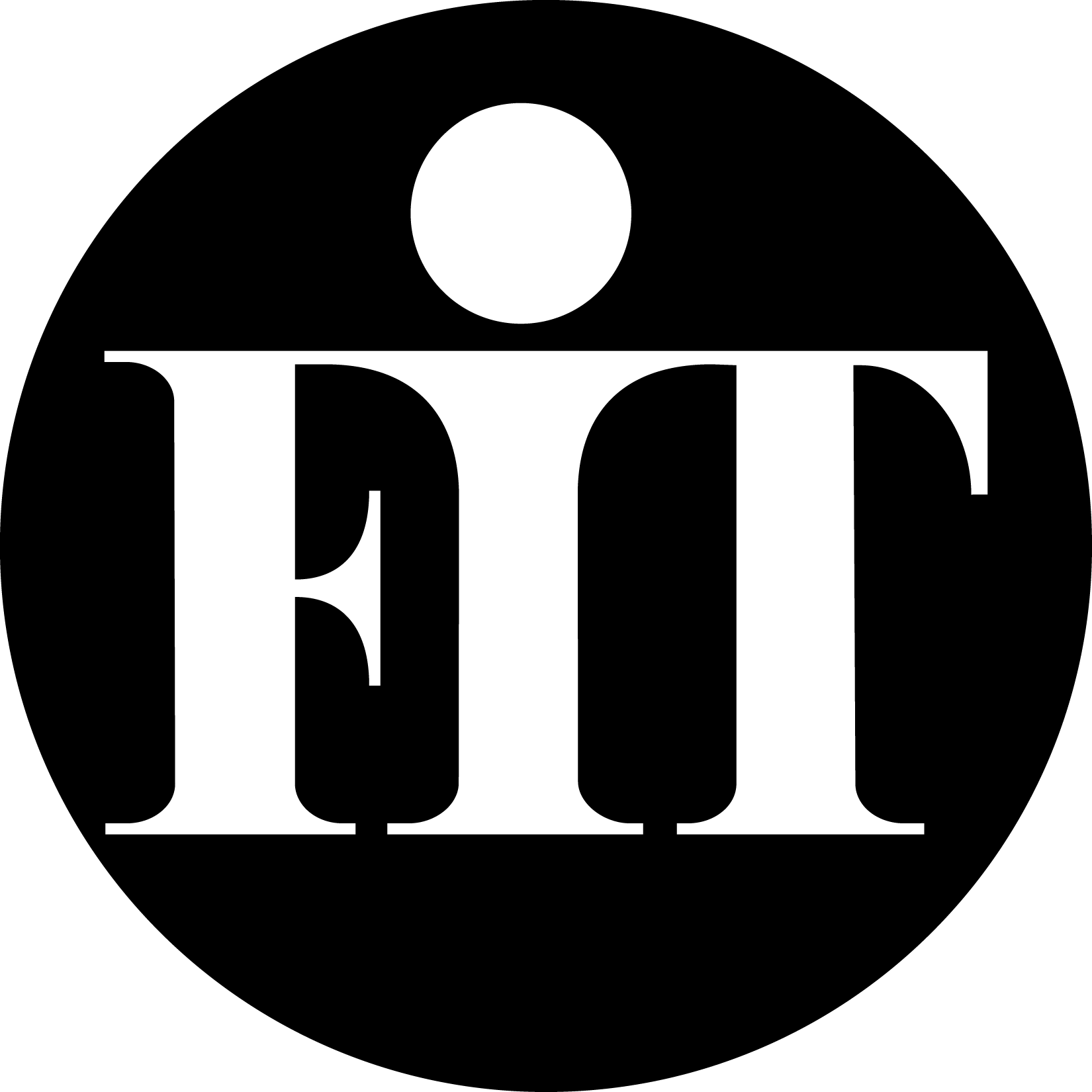 In our last post we picked apart the pieces of a habit–the gears, so to speak. Turns out there is a powerful habit loop that deeply ingrains habits into patterned behavior. Cue, routine, reward. As we go around and around this loop, the cue and reward become intertwined until a powerful sense of anticipation and a craving emerges (Duhigg 19).
In our last post we picked apart the pieces of a habit–the gears, so to speak. Turns out there is a powerful habit loop that deeply ingrains habits into patterned behavior. Cue, routine, reward. As we go around and around this loop, the cue and reward become intertwined until a powerful sense of anticipation and a craving emerges (Duhigg 19).
The key to understanding our habits is understanding how cravings form in our brain and how they influence our behavior patterns. In short, neurological cravings power the habit loop.
We all know cravings. It’s what we encounter when we walk into Starbucks and look at all the tasty treats behind the glass. It’s what we encounter when we catch a whiff of fresh french fries from our favorite fast food restaurant. We even encounter cravings before we head to FIT, anticipating the reward we are going to experience after we finish our workout.
Cravings form gradually so we often don’t even notice them as they take shape in our brains and influence our actions. And we can create new habits by putting together a cue, a routine, and a reward. And then cultivate a craving that drives the loop (Duhigg 49).
Let’s use my obsession with Peet’s coffee as an example of how cravings work. When I see one of my colleagues with a Peet’s cup (the cue), my brain starts anticipating a shot of caffeine (the reward). This anticipation of the reward is enough for me to crave a caffeine rush (even if I just finished a cup of coffee) and the craving grows until I race over to Peet’s to satisfy my desire.
Cravings are not completely deterministic (more on that in the next post), but if I’m not conscious of my cravings for caffeine, I’ll never question why I’m always stopping at Peet’s on my way home.
Understanding cravings also helps us understand exercise habits. Studies show that the overwhelming majority of people who exercise habitually do so because they crave the endorphin rush during a workout or the sense of accomplishment after their performance. These self-rewards are enough to make exercise a habit.
If we want to start a new habit, we must figure out how to spark a new craving powerful enough to drive the habit loop.
So how might this work for me? Last January, I wanted to make sure I got to the gym even after a long day of work. So I started keeping my workout bag visible next to my bedroom door (the cue). When I saw my workout bag, I started to think of the sense of accomplishment I got from my training. And now, even when I think I’m too tired to get to the gym, I look at my workout bag and immediately start craving that sense of accomplishment. That craving is enough to get me off the couch and into my truck to head to training.
Think it sounds too simple? Try it. Think of a habit you want to create. Pick a cue. Pick a reward. And then try it out. You might be surprised at how powerful your brain really is.
